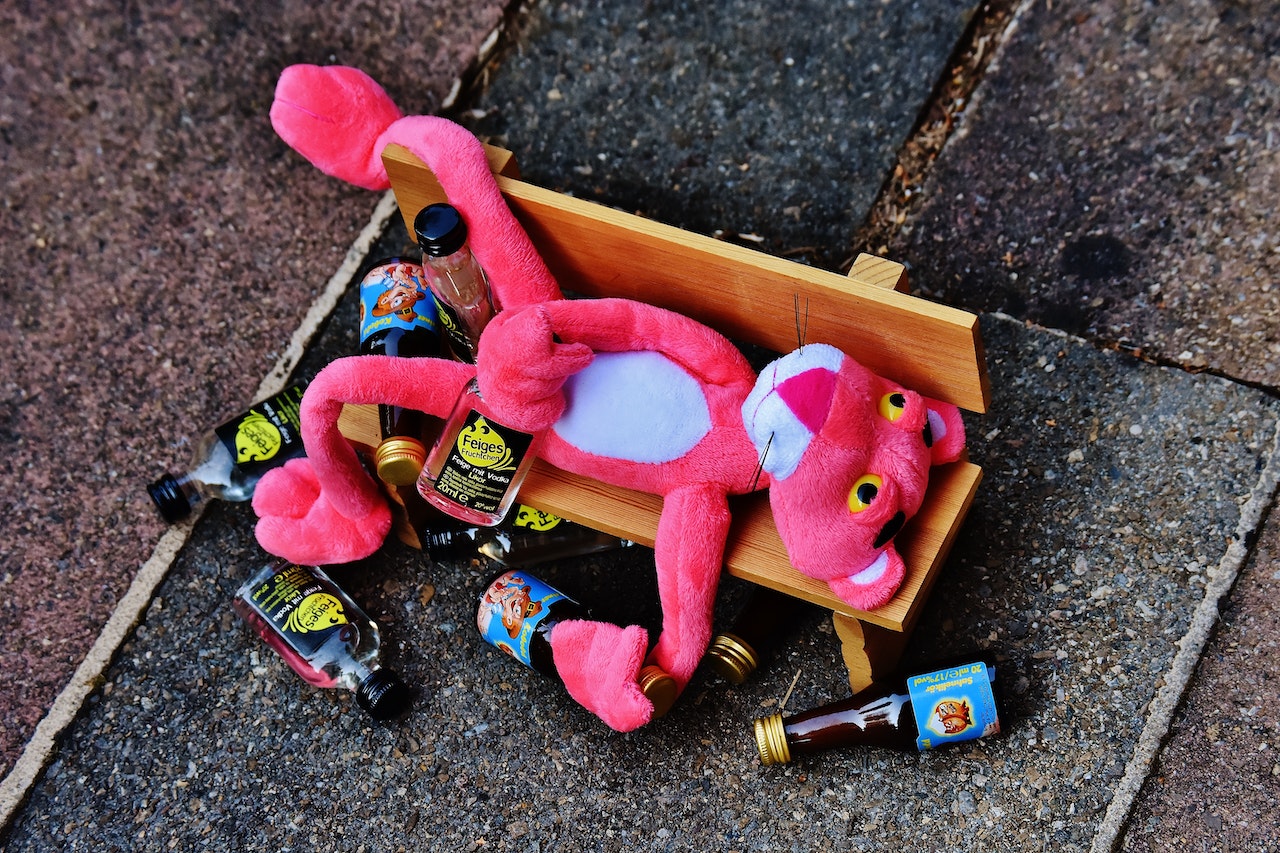This post is about Chapter 4 of the Distilled Spirits Beverage Alcohol Manual (“BAM“). The BAM is the classification guide the Alcohol Tobacco Tax and Trade Bureau (“TTB“) will use to classify a distilled spirits product into a category (whisky, gin, vodka etc.) depending on its formula. This post is pretty short, but pretty nerdy. You’ve been warned.
Link to the BAM: https://www.ttb.gov/images/pdfs/spirits_bam/chapter4.pdf
Before I started reading the BAM for fun (professionally), I was under the impression that to be qualified as gin, a product had to be distilled from a specific ingredient. Different name, different base ingredient the alcohol is fermented from, right? Legally….not always the case.
For example, did you know that, technically, gin, is really just vodka washed over juniper berries? OK joking about the “washed over” part – its slightly more complicated – but not that complicated. According to the BAM a spirit must meet the following requirements to be called “gin:” (emphasis mine)
A spirit with a main characteristic flavor derived from juniper berries produced by distillation or mixing of spirits with juniper berries and other aromatics or extracts derived from these materials and bottled at not less than 40% alcohol by volume (80 proof).
So lets break that long sentence of requirements down:
- A “spirit” means a spirit, the BAM doesn’t qualify (for vodka or gin) what ingredient the spirit must be derived from. Often, “grain neutral spirits” (“GNS“) are used as a base alcohol for mixing (or rectifying) a high alcohol content (190 proof) starting product into something else. GNS is distilled from a mixture of multiple grains (corn\barley etc.). No specific starting ingredient (plant) required for a gin designation.
- “main characteristic flavor derived from juniper berries…or extracts derived from those materials” – Of course, we knew that juniper berries were the key ingredient in gin – but the requirement is that the “main characteristic flavor must be derived from juniper berries” not that the product must be derived from juniper berries themselves (“product derived” vs. “flavor derived”). What about extracts? Extracts and flavoring are common in food and alcohol production. There are industrial flavor producers throughout the country, with at least 2 major producers here in Wisconsin. Brass tacks, juniper berry extract is fine and is no different than deriving the flavor through distillation or other means.
- Where does that leave us? To be gin, I must have a spirit, and the spirit must get its flavor from juniper berries. Extracts of juniper berries are ok. So, I begin with GNS, add water to make it not 190 proof (drinkable), add all natural juniper berry extract to derive a nice flavor, and “its gin!” GNS + Water + Juniper Berry Extract = Gin.
Why is this worth a blog post?
- This was fun, and clears up (hopefully) a common misconception. Gin is not gin because it was distilled from a specific ingredient – its the juniper berries – but just for the flavor. Same applies to vodka. Vodka is not vodka because its distilled from a specific ingredient. Vodka is GNS with water.
- I picked vodka and gin because they are very easy to classify in the BAM, but there are some very nuanced products – especially in the “whisky” category – that have extremely specific requirements to attain certain classifications. There is also strategy involved in how you develop a formula to achieve a certain classification (do you want your label to say “flavored whisky” or “distilled spirits specialty?” A marketing question for someone more creative than me, but all tied to the BAM).
- If you are a distilled spirits manufacturer just entering the industry – you need to be familiar with the BAM because unless you’re making vodka, you likely will need TTB Formula Approval on all\most of your products – and Chapter 4 is what the TTB Specialist will be reviewing when approving your submitted formula.
Thanks for reading!

